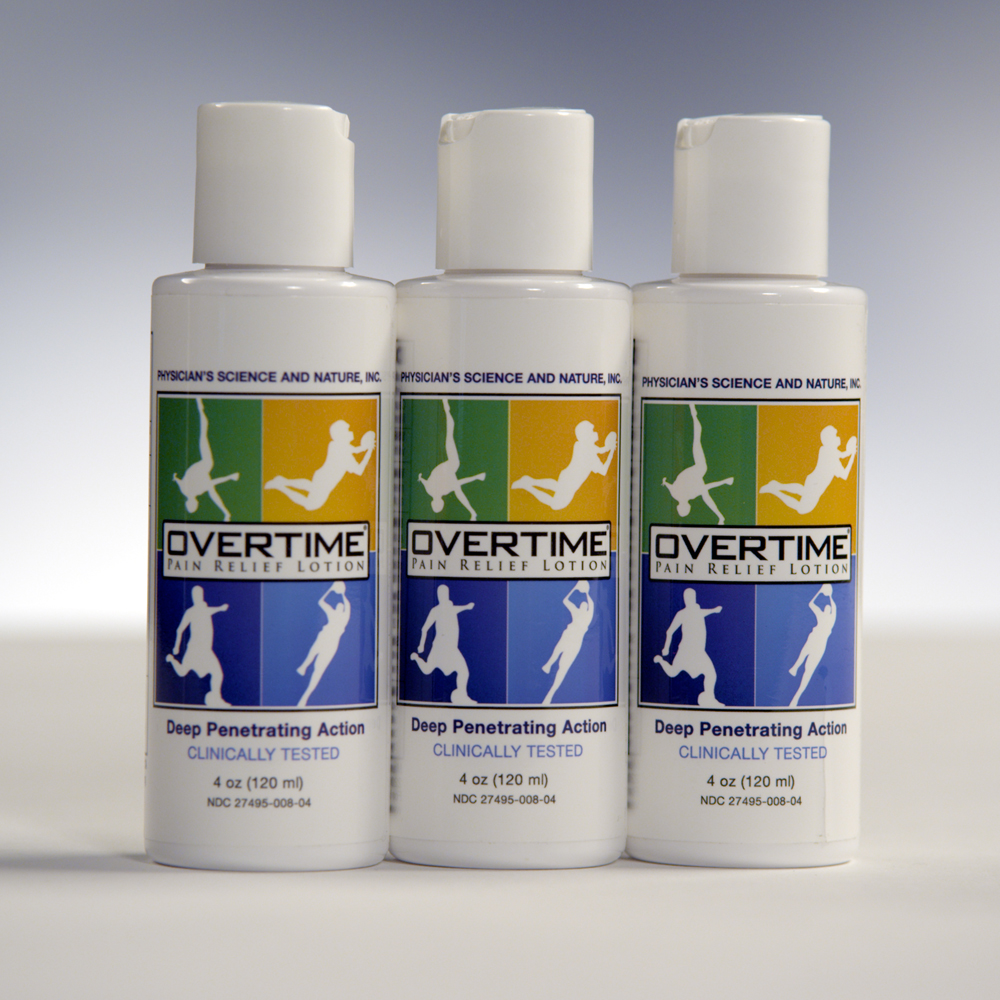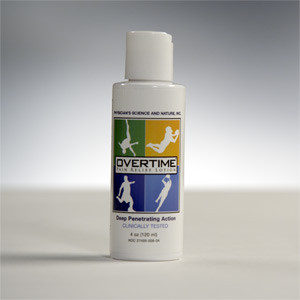What is spinal stenosis pain?
A medical condition, spinal stenosis occurs when the size of the central spinal column canal is too narrow and results in the spinal cord or nerve root to be compressed. A crippling disease, spinal stenosis can affect the cervical spine (neck), thoracic spine (upper back), and the lumbar spine (lower back).
The gradual crowding of the spinal cord or nerve roots in the spinal canal result in severe damage to these structures of the central nervous system. Sufferers experience severe pain, numbness of the upper or lower extremities, loss of muscle strength, loss of sexual function, and even bowel or urinary incontinence. Pain may be sudden or gradual onset and is felt in the neck, mid or low back and can be aggravated by movement or prolonged sitting, standing or walking.
What causes spinal stenosis pain?
Spinal stenosis may be a result of a congenital deformity from birth or may be acquired after an acute injury or progressive deterioration of the spinal vertebral column. Acquired spinal stenosis may be a result of an intervertebral disc protrusion or herniation, an acute vertebral fracture, or osteoarthritis (degenerative joint disease) of the joints of the spine (facet joints).
How to treat spinal stenosis pain
As with most diseases of the spinal column, there is no cure for spinal stenosis. The standard treatments for scoliosis pain are over-the-counter pain medication, prescription narcotic and non-narcotic pain medication, rest, physical therapy, steroid injections, and traction. These treatments are typically not sufficient and, in the case of oral medication, have serious side effects such as sedation, nausea, constipation, and addiction. Extended use of over-the-counter medications, such as ibuprofen, naproxen, and acetaminophen, can cause stomach ulcers and kidney, heart, or liver failure. Surgery may be required if the pain does not resolve or when severe nerve damage is evident.
Sudden severe pain, especially in the chest, arms, or head, pain associated with fever, numbness or weakness, or pain in any area of the body that does not resolve after a couple of weeks, should always be evaluated by a physician to be certain that other medical conditions, including heart disease, stroke, infections, or even cancer is not the underlying cause of pain.
Nerve pain treatment alternatives
Developed by a UCLA-trained, pain specialist medical physician, Overtime Pain Relief Lotion is clinically tested, safe, and effective to reduce inflammation and help temporarily relieve minor headaches and pains from underlying muscle, arthritis, joint, neck and back pain symptoms.
The unique formula of Overtime Pain Relief Lotion combines seven natural, scientifically proven pain relieving ingredients and anti-inflammatory agents. The lotion formula penetrates deeper and faster into aching tissue for fast, long-lasting relief. No other topical pain product has been proven to be stronger than Overtime Pain Relief Lotion.
Overtime Pain Relief Lotion is an FDA registered over-the-counter product that’s available to you direct without a prescription, manufactured in the USA in an FDA-Certified Lab, and recommended by physicians across America.
Order now at no risk
Try Overtime Pain Relief Lotion for yourself and find out why nearly 90% of pain sufferers who use our pain cream ask for more again and again. With our 30-day money-back guarantee, you’ve got little to lose, except your pain.


